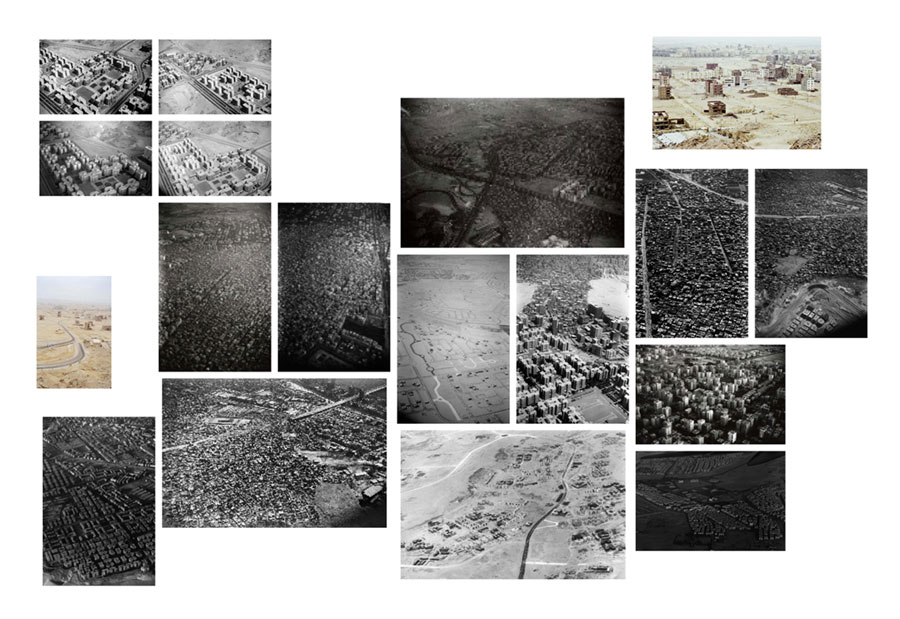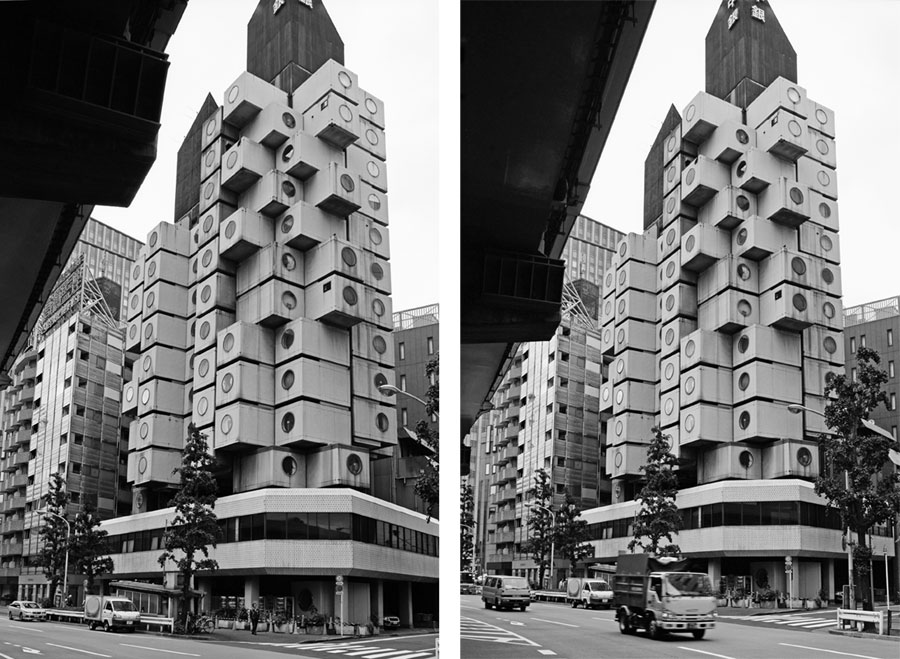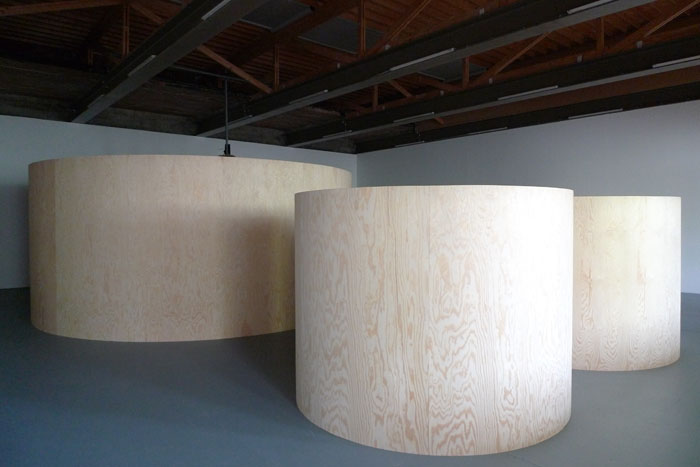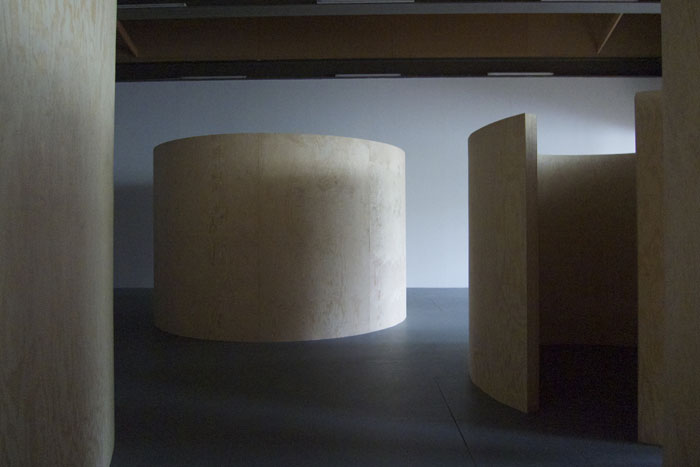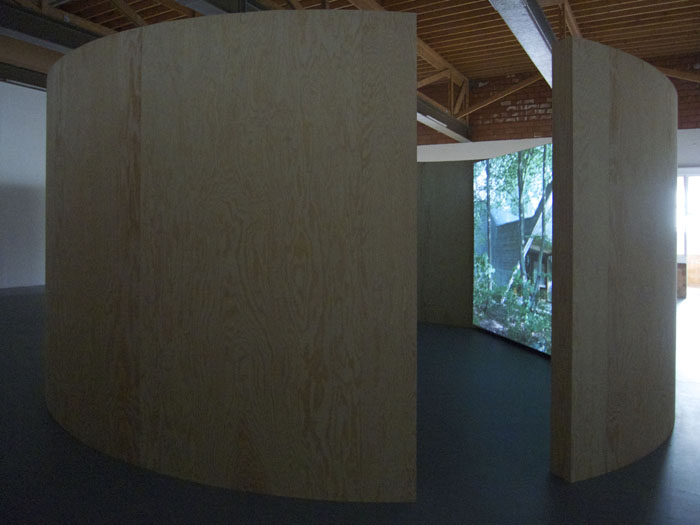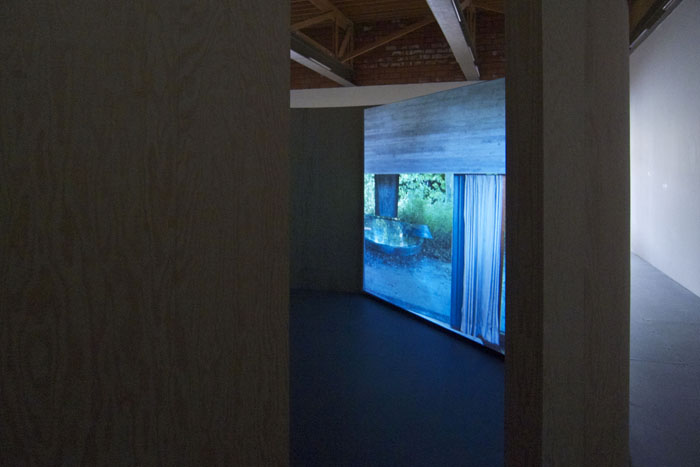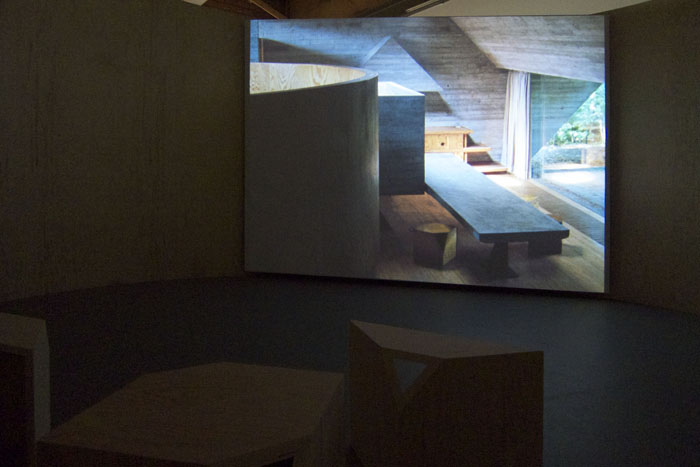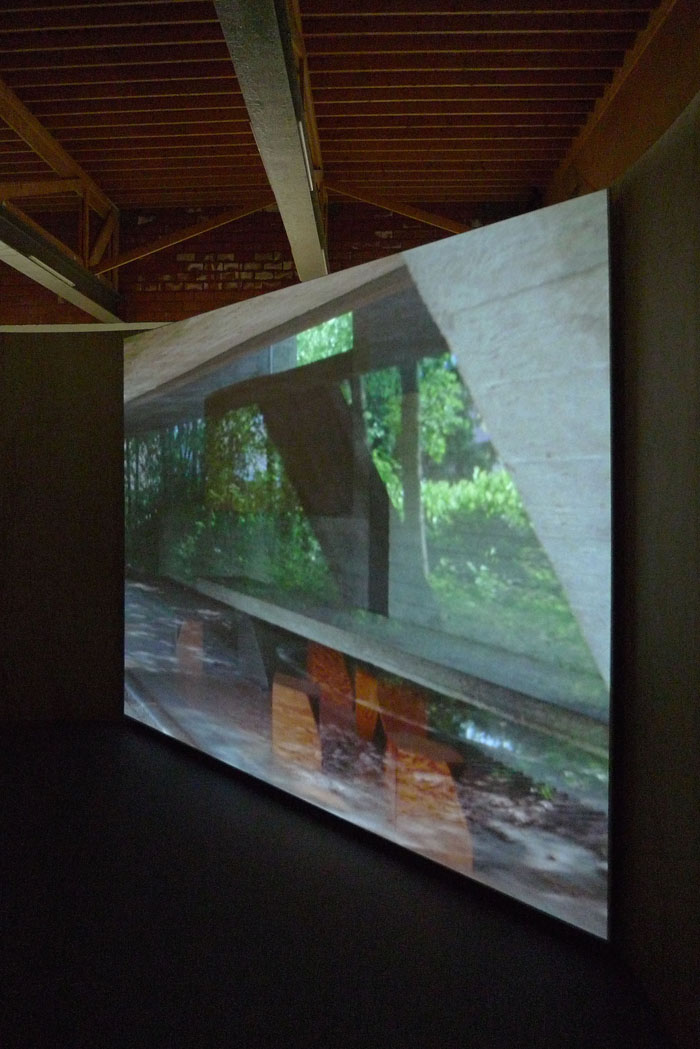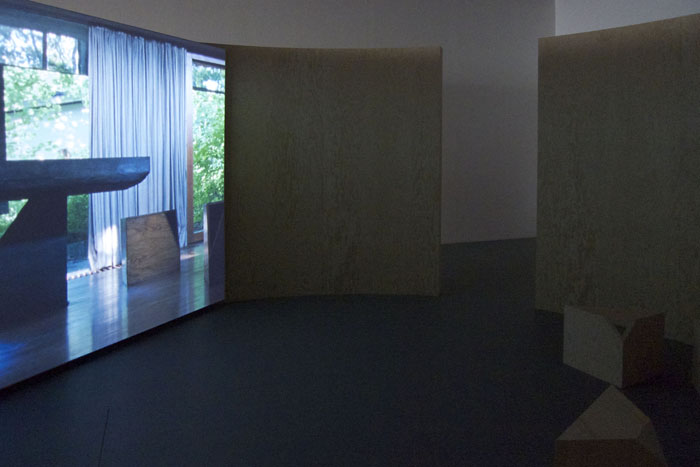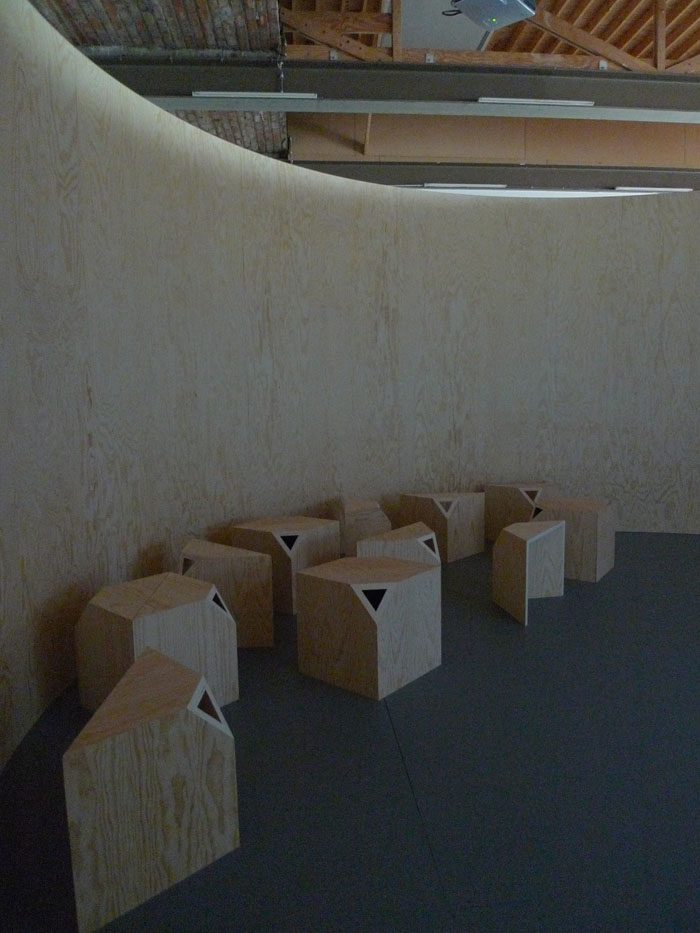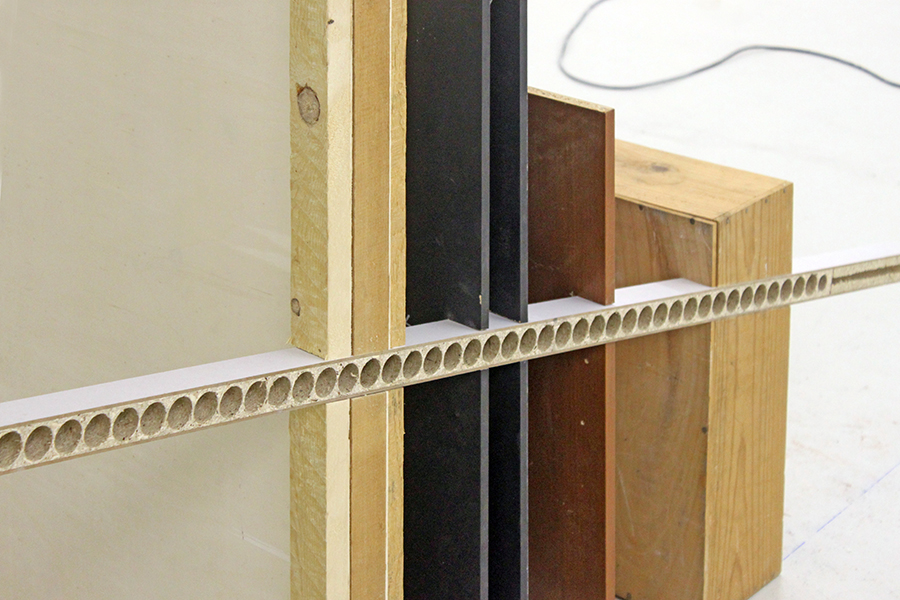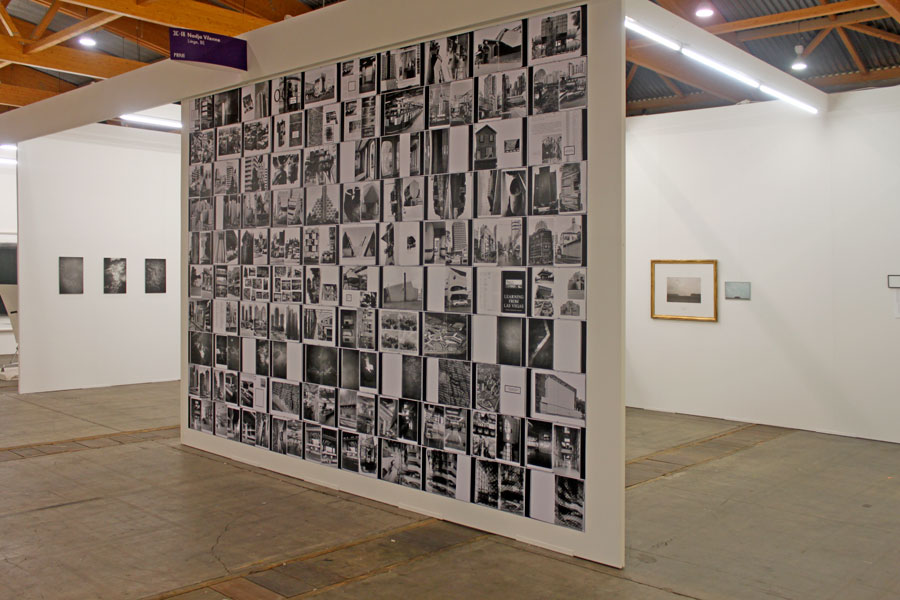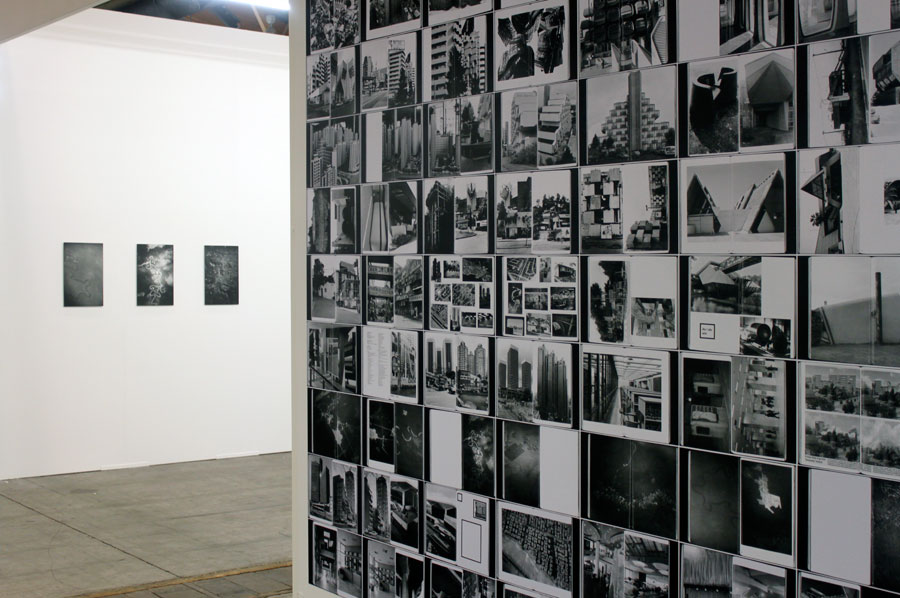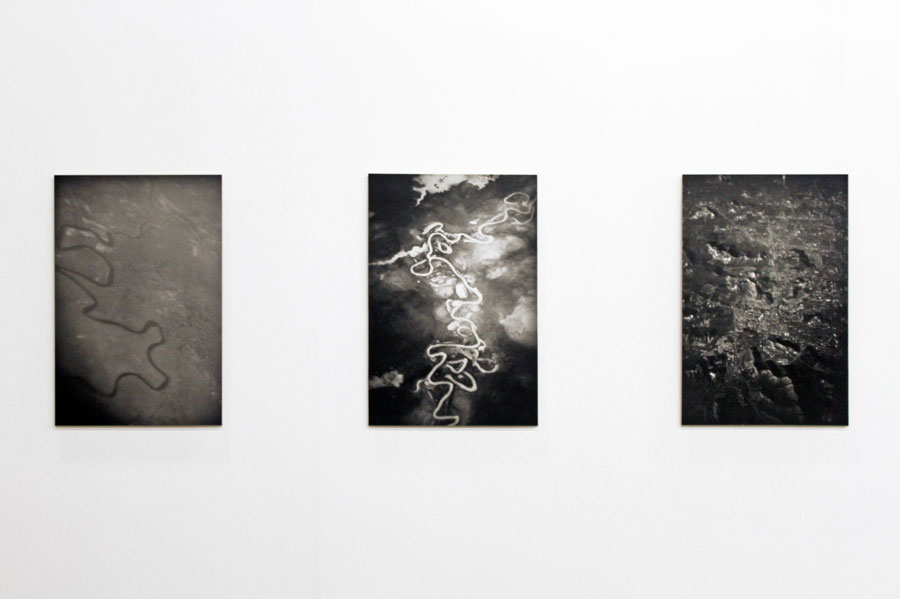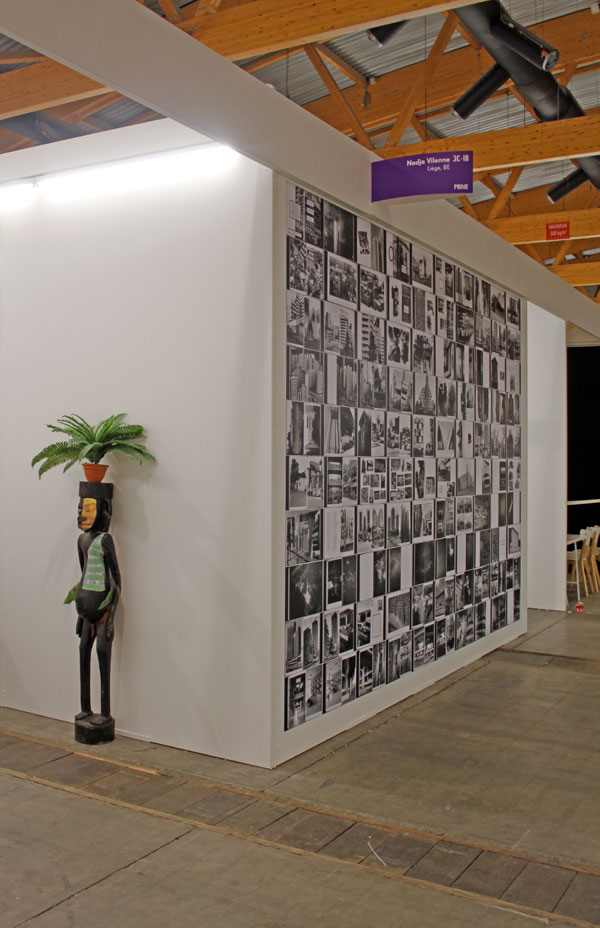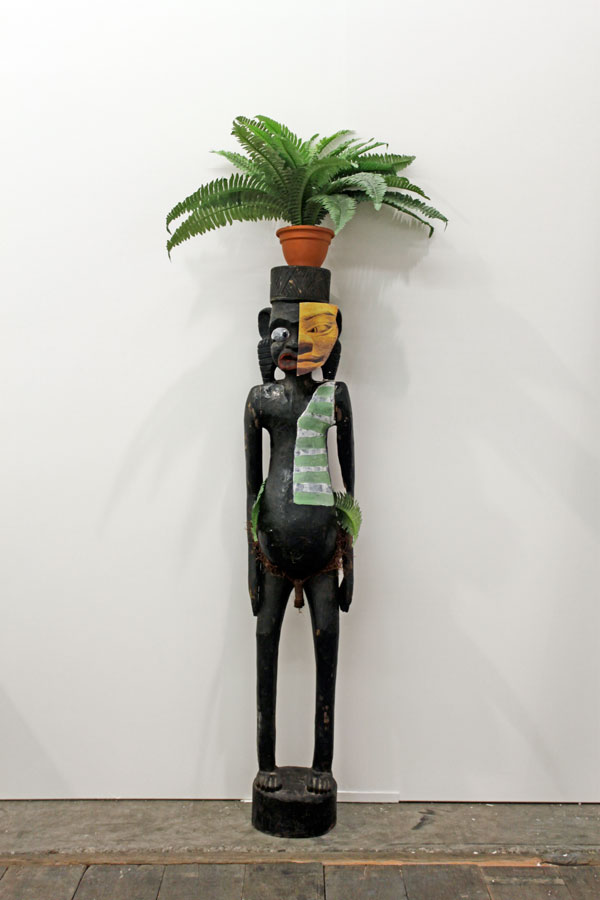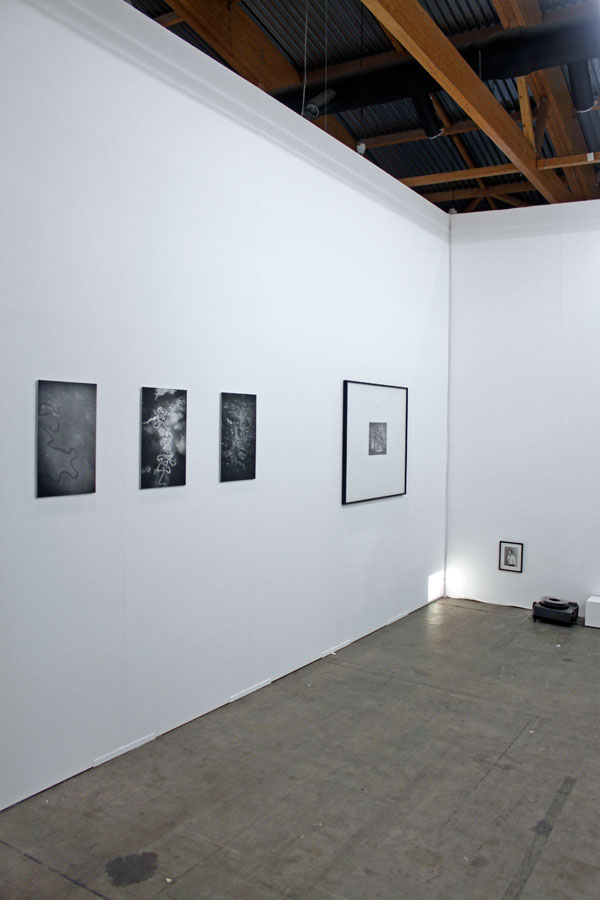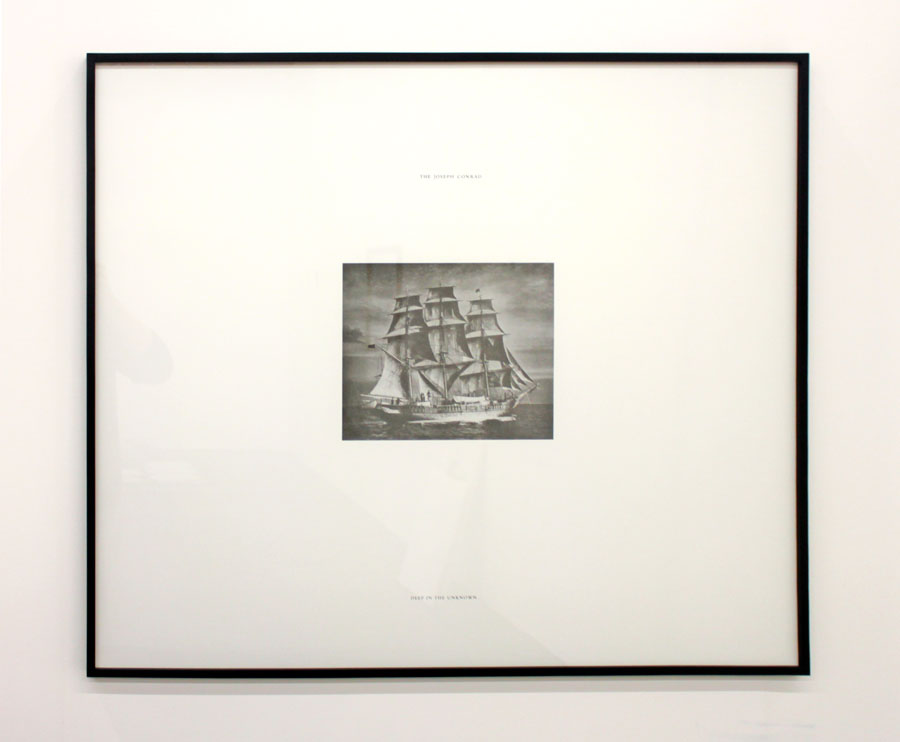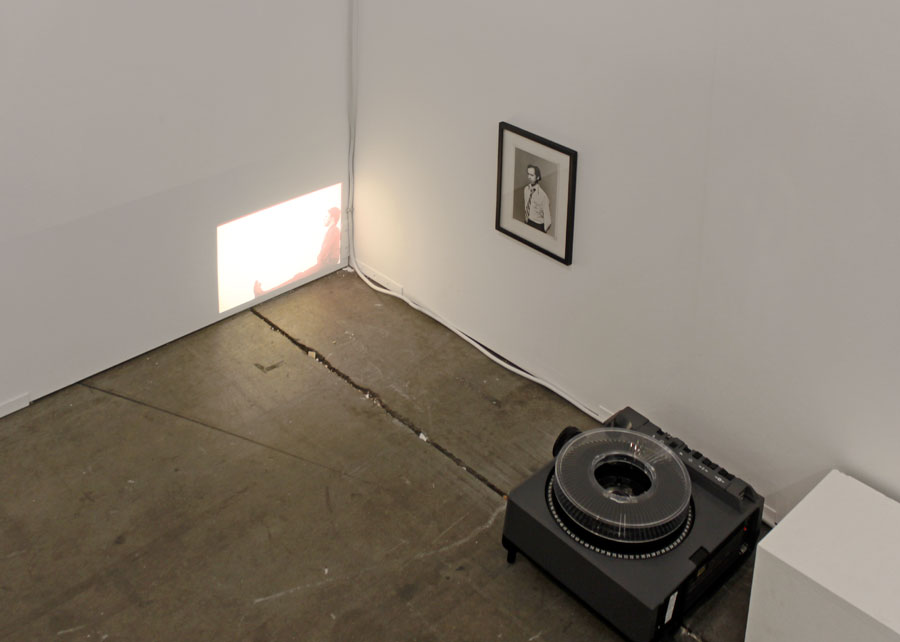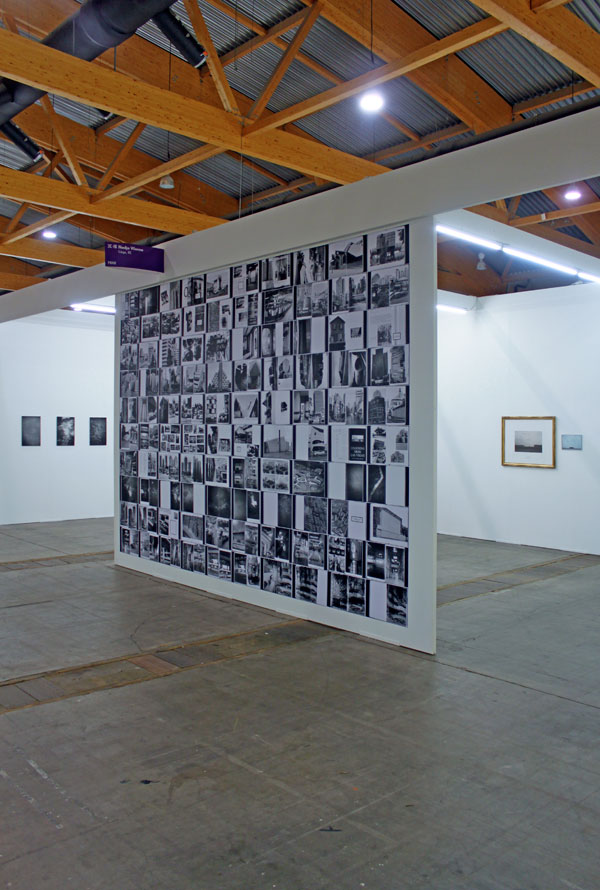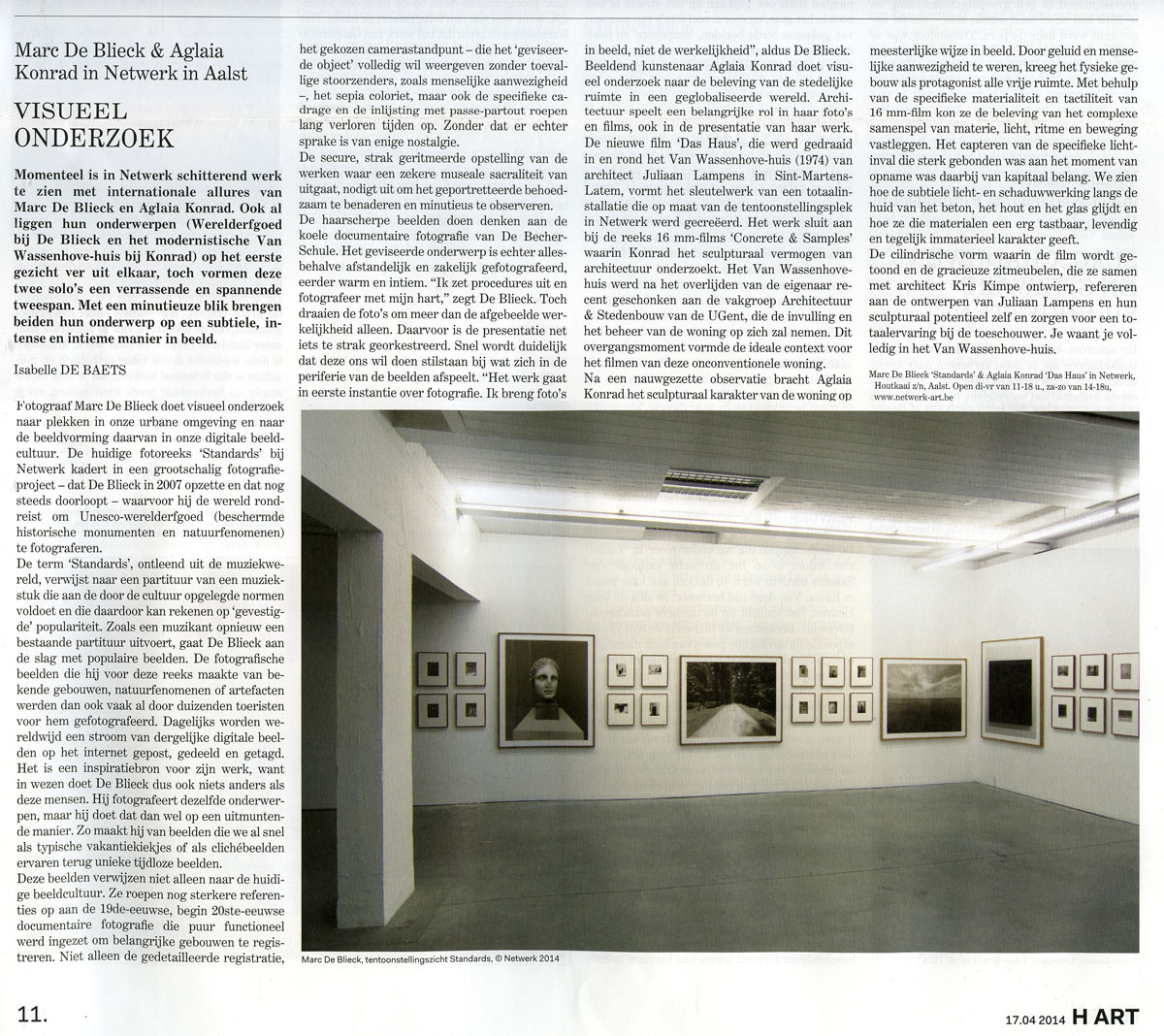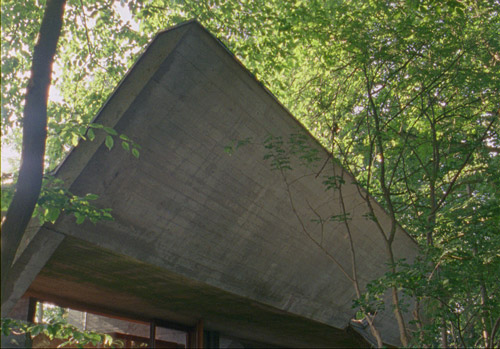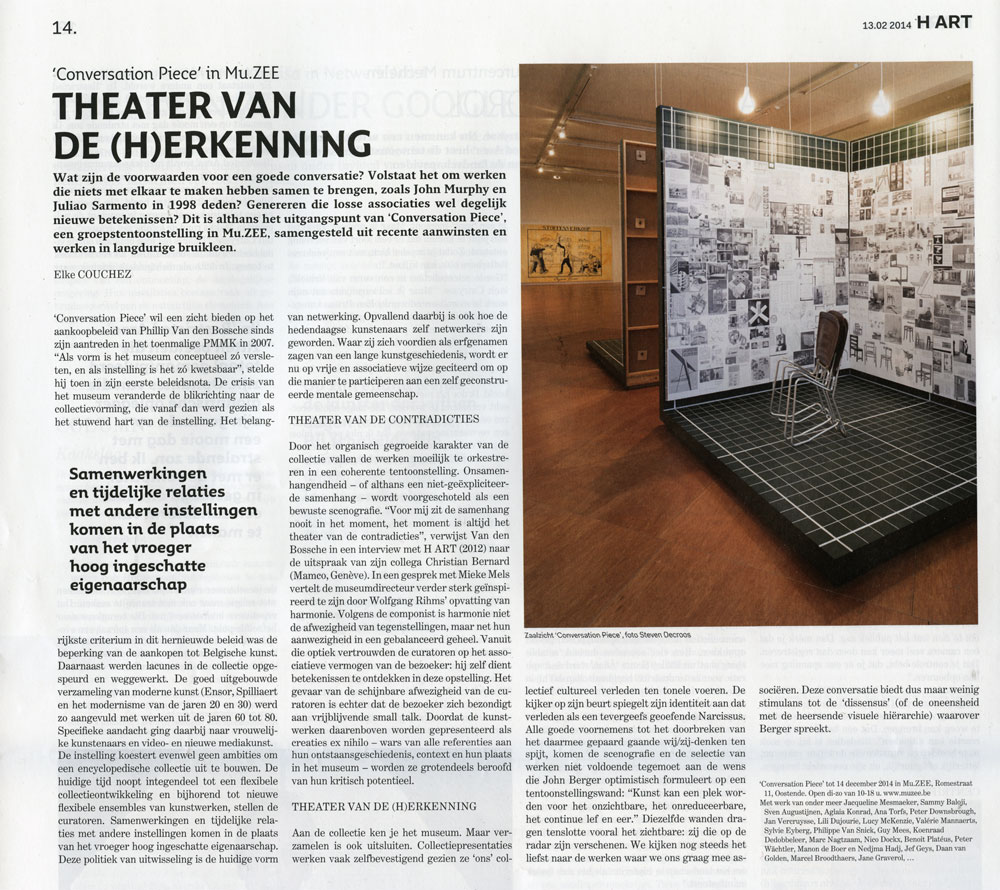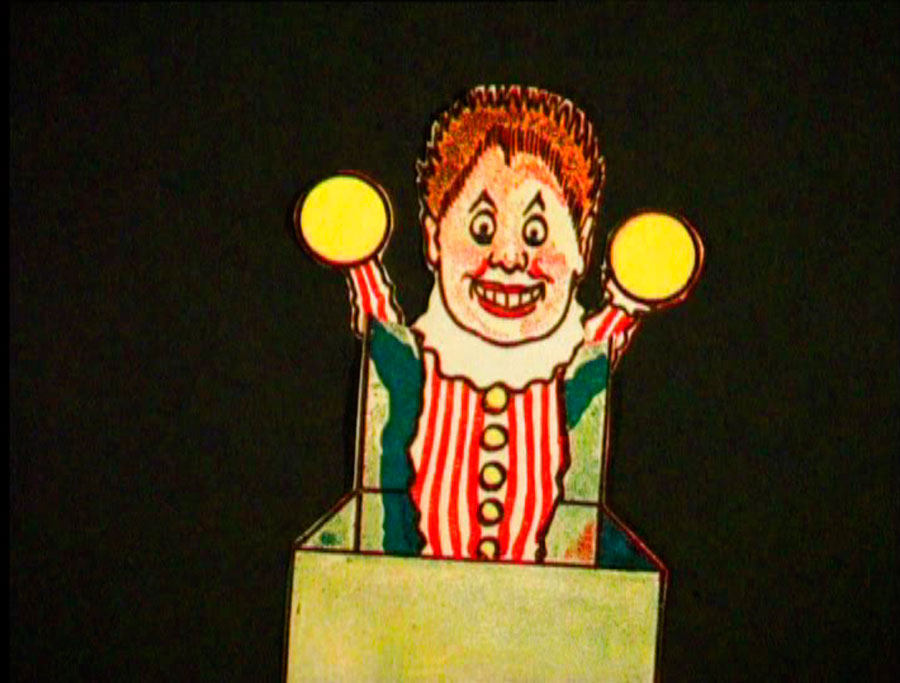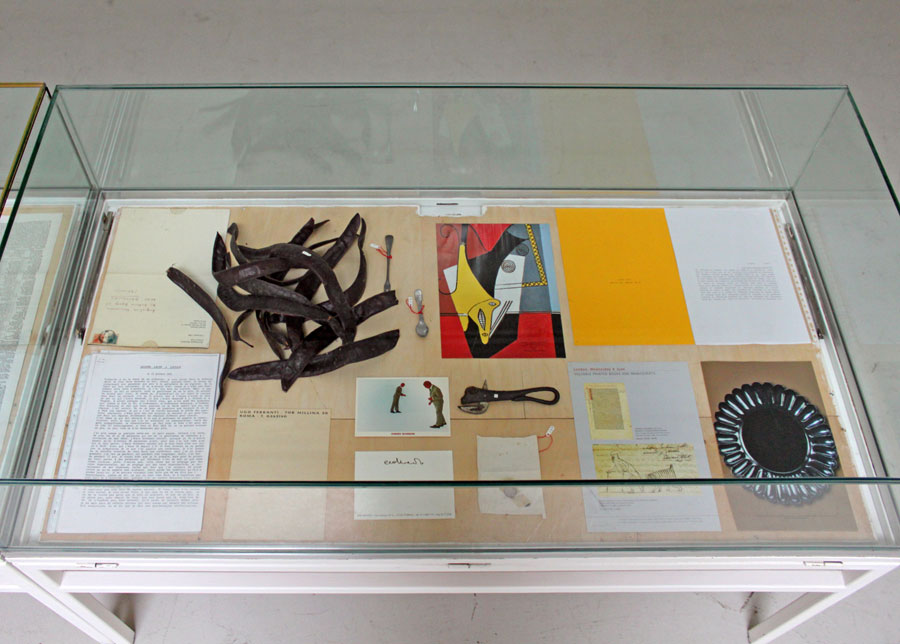Aglaia Konrad participe à « DiverCITY », une exposition conçue par Ann Vanderheyden, au CIAP à Hasselt. Elle y montre une sélection de planches de ses « Desert Cities », un travail mené en Egypte autour du Caire et d’Alexandrie. Là, entre le désert omniprésent et le ciel absent, se dressent des cubes de béton dont les noms voudraient faire rêver : Dreamland, Utopia, Palm Hills, Beverly Hills, New Cairo. Une terminologie dont l’ironie, in fine, trahit le cynisme des sociétés immobilières ayant acheté des morceaux de désert à l’Etat égyptien dans les années quatre-vingt dix. Le concept de l’exposition explore la ville tant comme objet que comme sujet.
Au CIAP, du 21 juin au 5 octobre.
Aglaia Konrad
Desert Cities, 2007-2009
impression digitale sur carton sans acide, 160 x 110 cm.
De aanleiding voor het opzetten van dit tentoonstellingsproject is het project ‘De Unie’ dat in de zomer van 2014 van start gaat in de steden Hasselt en Genk. ‘De Unie Hasselt-Genk’ is een initiatief van Z33. CIAP is inhoudelijke partner in dit project met enkele artistieke ingrepen binnen de stedelijke context van beide steden. Maar CIAP is ook een tentoonstellingslocatie, gesitueerd op een voormalige industriële site in de periferie van de stad Hasselt en gelegen op de voornoemde route van het project De Unie.
Concept: de stad als subject en object
De aankondiging van de installatie van de kunstroute in de open ruimte van Hasselt en Genk was voor CIAP aanleiding om een project te realiseren met werk van kunstenaars voor wie de stad een bepalende rol speelt in hun oeuvre.
Hedendaagse kunstenaars behandelen de stedelijke context of het stedelijk vraagstuk op zeer uiteenlopende manieren. Gaande van de creatie van autonome, artistieke beelden van de stad tot het gebruik van de stedelijke context als drager van een artistiek, participatief proces.
De polarisatie tussen stad als ‘subject’ (passief) en de stad als ‘object’ (actief) vormde de basis voor de keuze van kunstwerken en kunstenaars die deelnemen aan het project in CIAP.
Enerzijds presenteren we nl. in een tentoonstelling beelden van steden via schetsen, tekeningen en fotografisch werk.
Anderzijds ontwikkelen we samen met kunstenaars – en in interactie met het publiek – artistieke processen in en met de stedelijke context.De deelnemende kunstenaars zijn:
– Georg Bohle
– Christophe Fink
– Kim Habers
– Aglaia Konrad
– Thomas Laureyssens
– Giacomo Piovan – In-Situ
– Els Vanden MeerschHet project wordt verder versterkt met een publieksgericht programma, als volgt: De installatie van een co-creatie plek in CIAP: Plekken als de Gelatinesite, in de periferie van de stedelijke omgeving, zijn vaak de broedplaats voor artistieke ideeën. CIAP wil hierin een actieve rol spelen door een deel van de tentoonstellingslocatie in te richten als tijdelijk ‘lab’ waarin kunstenaars, ontwerpers en publiek in dialoog gaan met elkaar. Deze plek is een ingerichte ruimte (voorzien van wifi en koffie) door iedereen vrij te gebruiken. Deze ruimte zal ook het verzamelpunt zijn van informatie en debat in het kader van de site-specifieke of samenwerkingsprojecten.
Een samenwerkingsverband met Architectuurwijzer: In het kader van het project heeft CIAP een samenwerking aangegaan met Architectuurwijzer vzw. Architectuurwijzer zal proposities formuleren betreffende enkele ruimtelijk interessante locaties, gelegen binnen het grondgebied van Hasselt-Genk. Architectuurwijzer en CIAP plaatsen samen een open call naar architecten én kunstenaars om op de geformuleerde proposities te reageren. Een selectie uit de reacties zal verder uitgewerkt en gepresenteerd worden in de ‘kabinetruimte’ in CIAP.
Lezingen, debatten kunstenaarsgesprekken: Waar en wanneer mogelijk tracht CIAP zijn publiek te informeren en actief te betrekken bij de ontwikkelingen in de hedendaagse kunstwereld door de organisatie van rondleidingen, lezingen, debatten, kunstenaarsgesprekken, … die nauw in verband staan met de thematiek van het project. Deze activiteiten zullen voor dit project voornamelijk doorgaan in het voornoemde ‘lab’.
[sociallinkz]
